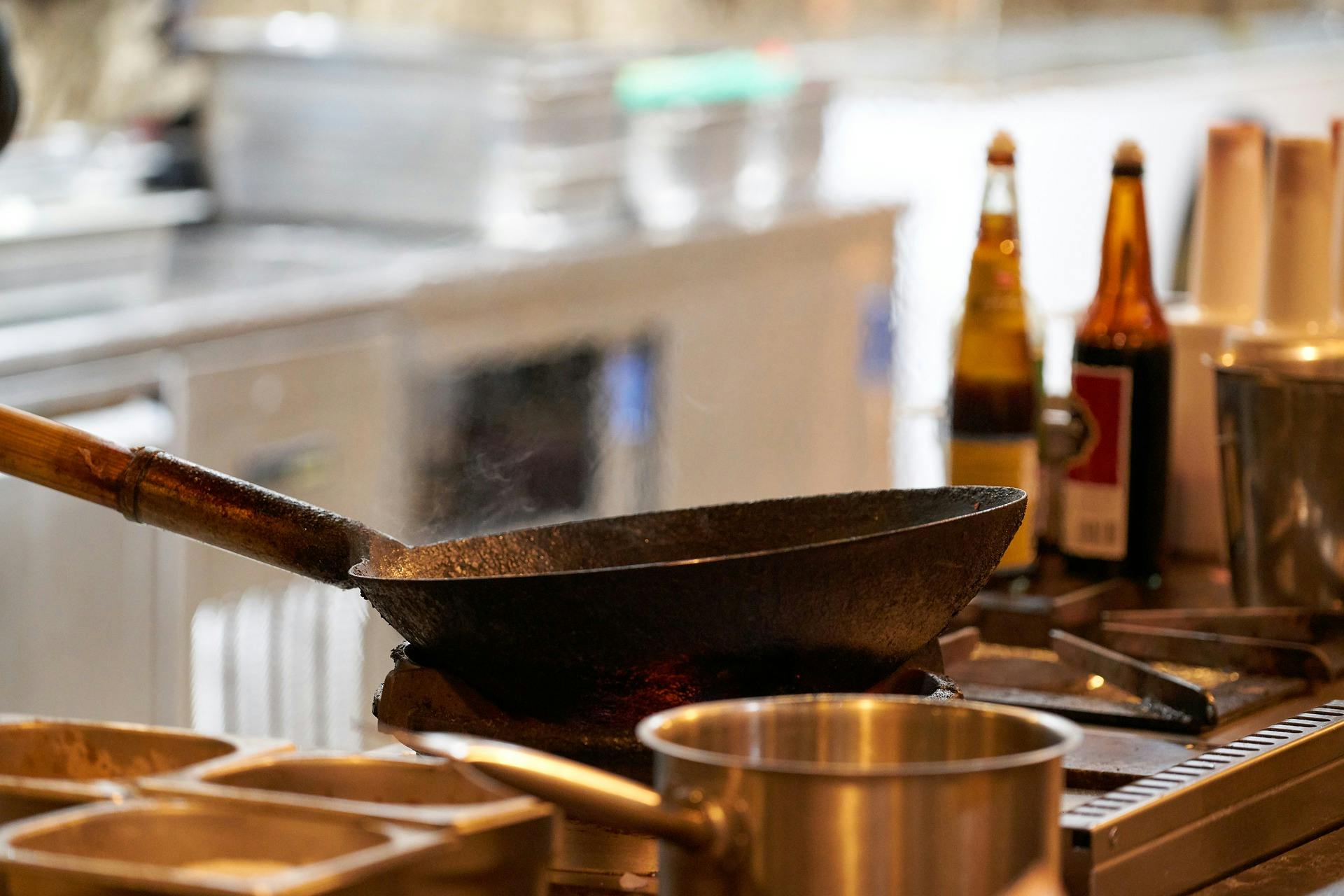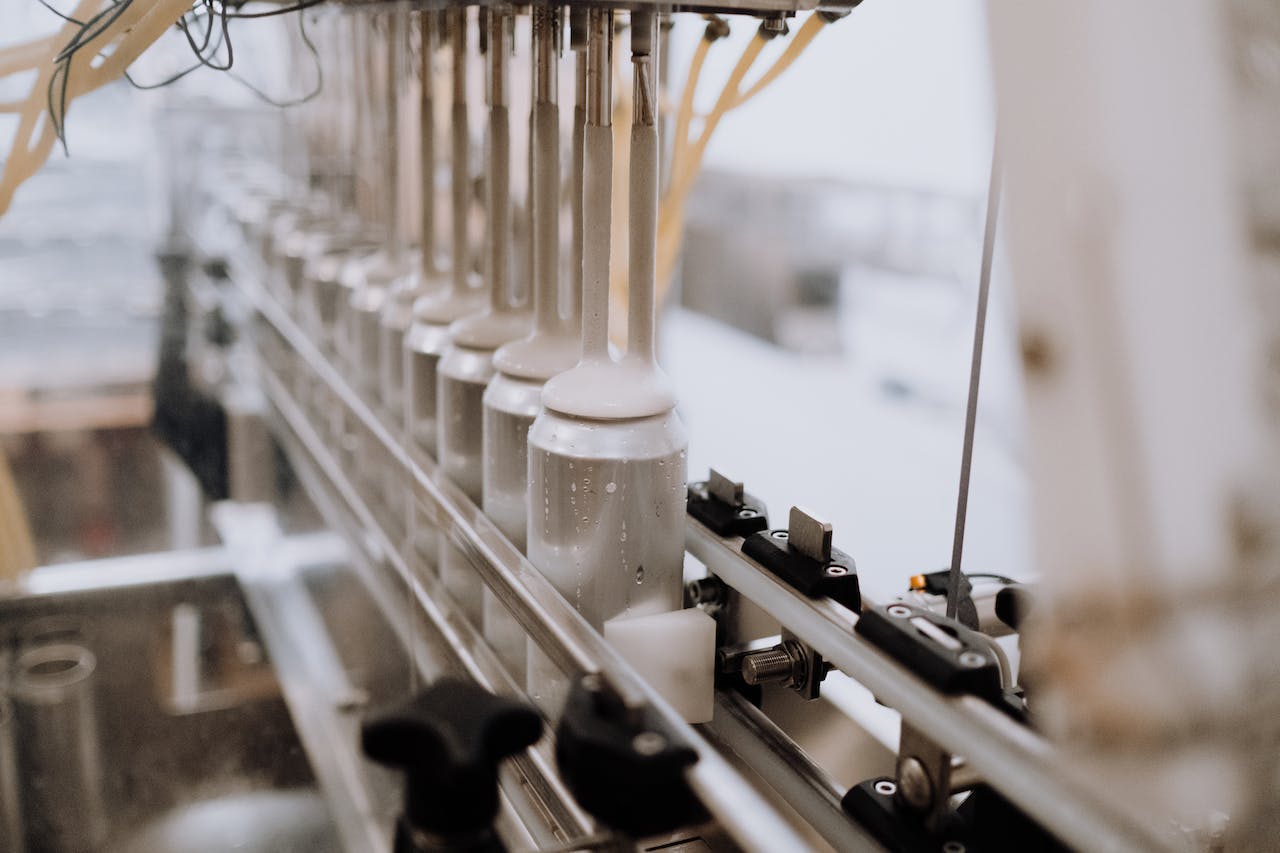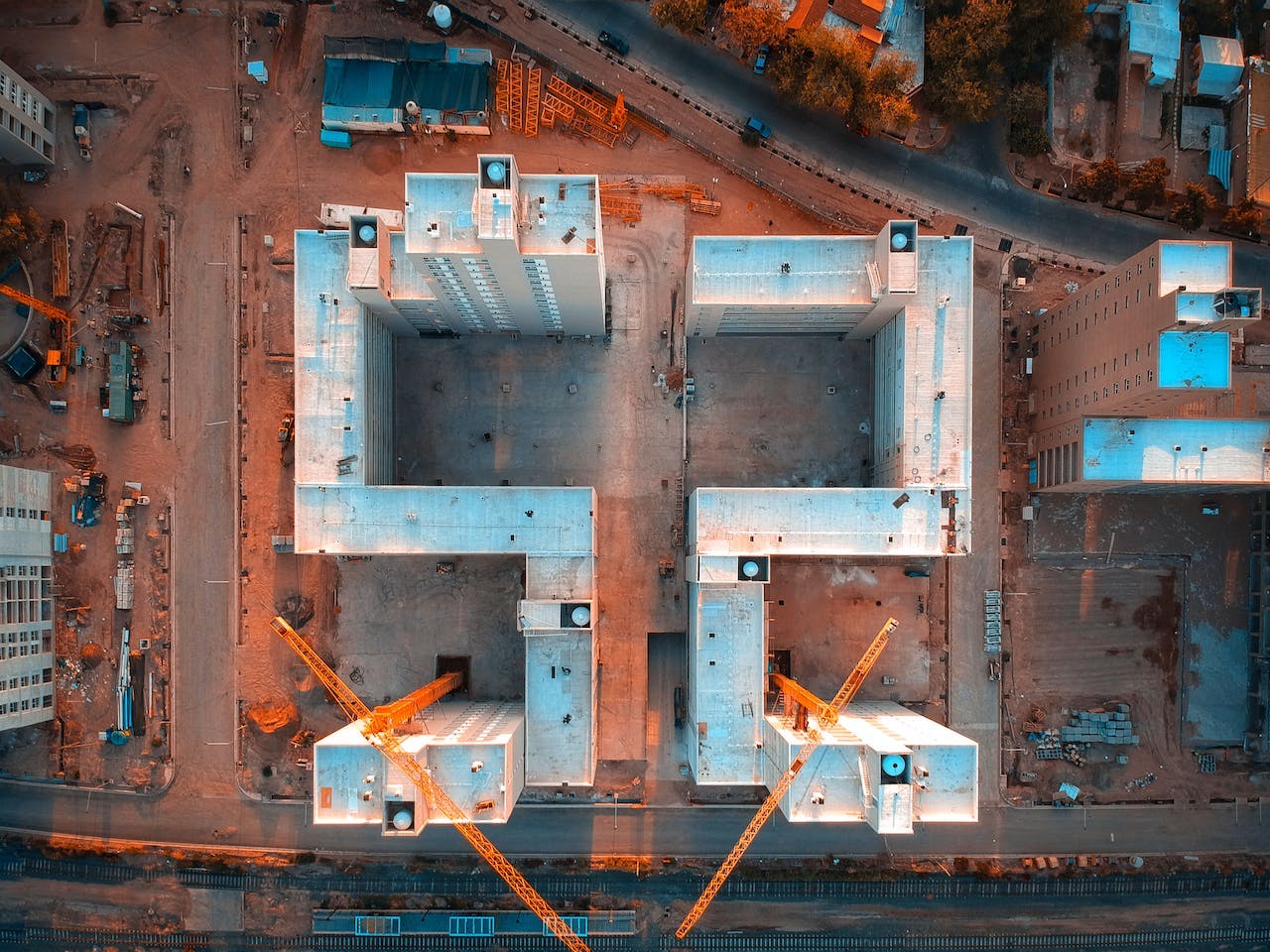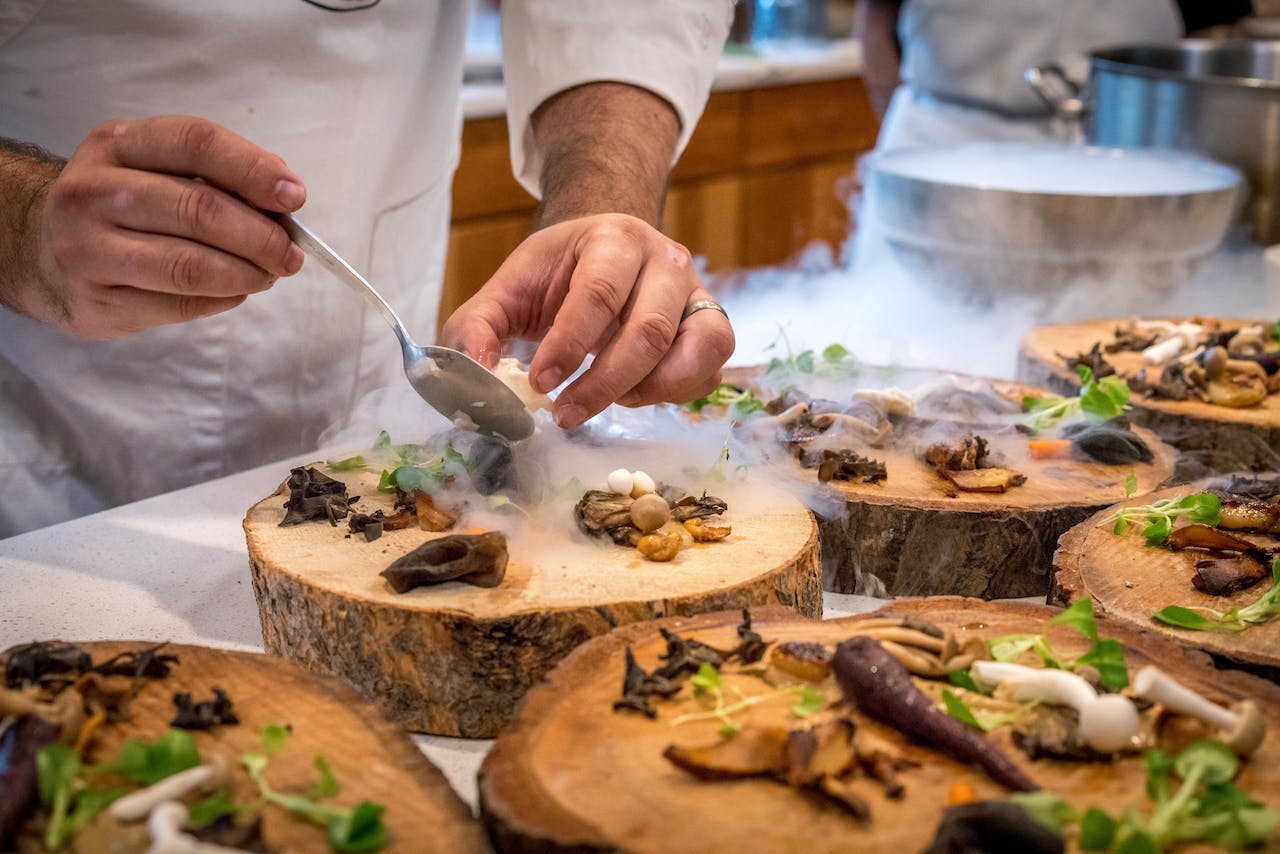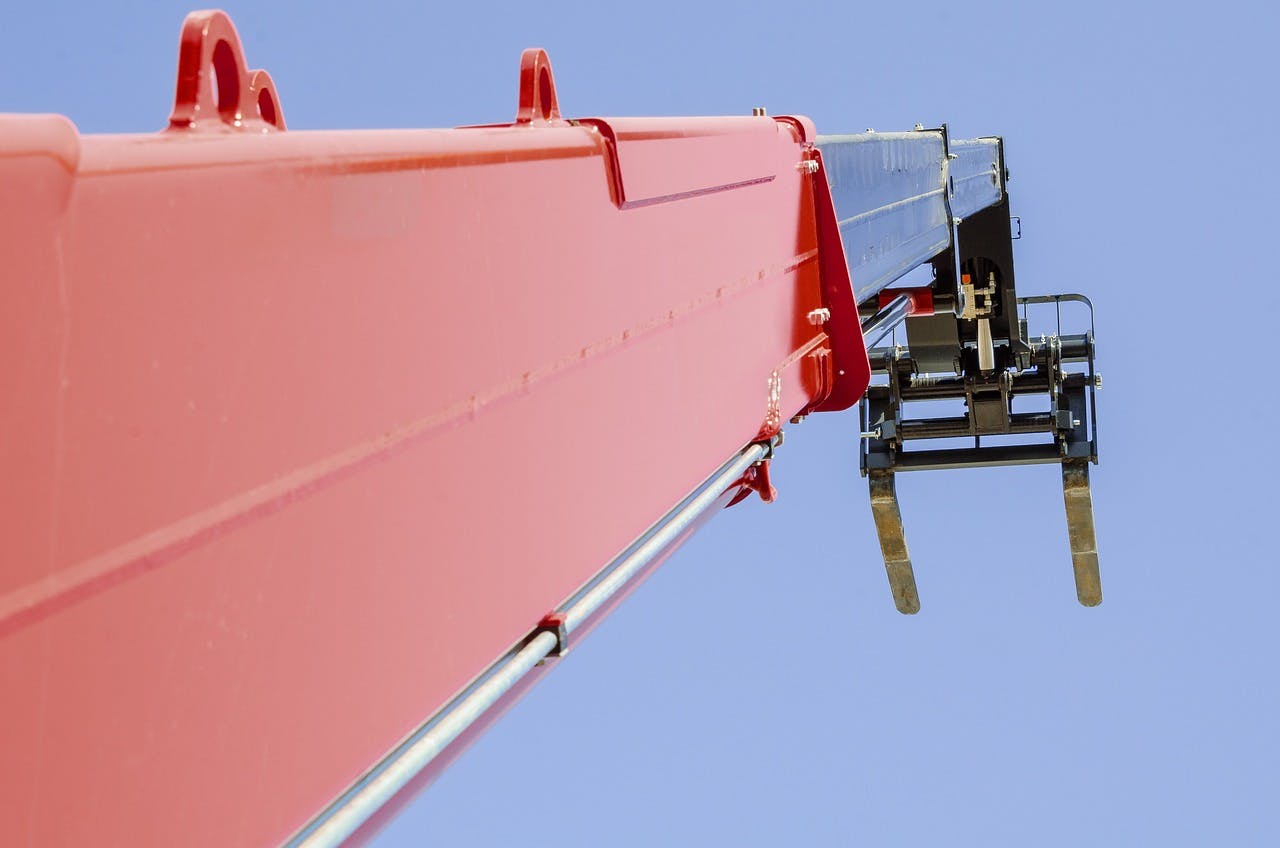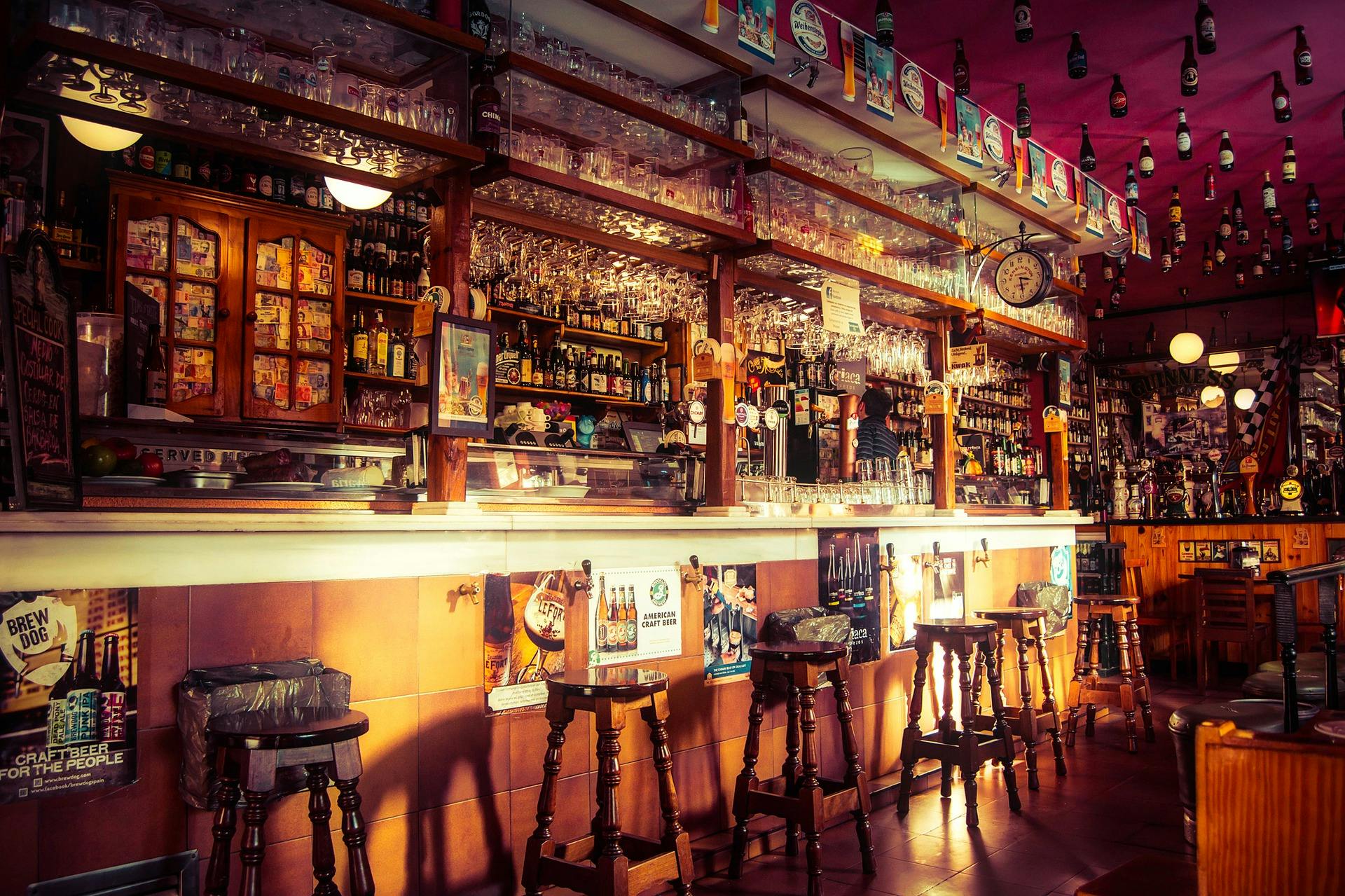What is a kitchen cleaning checklist?
A kitchen cleaning checklist is a valuable tool that is used to help maintain safe and hygienic conditions in a commercial kitchen. This type of checklist is used to help management and staff keep track of what tasks have been completed and what tasks still need attention. This type of tool is used to track and document the completion of cleaning tasks, which is vital for passing health inspections and keeping food from getting contaminated.
Why do you need a kitchen cleaning checklist?
Food vendors and government agencies have the potential to randomly send inspectors to commercial kitchens. If a kitchen shows that they have unfavorable practices, they may face fines, lost contracts, poor ratings, and can even include a complete shutdown.
Following the items on a kitchen cleaning checklist helps keep the staff up to date on all required tasks to avoid these situations.
What should a kitchen cleaning checklist include?
A kitchen cleaning checklist will empower employees to track and understand which tasks still need their attention. Documenting and tracking the completion of these tasks is an important first step in improving health and safety for employees and guests. It also helps you determine whether your restaurant is compliant with kitchen safety regulations.
Key components of a kitchen cleaning checklist
- Refrigerators
- Dumpster Pads
- Commonly Used Areas
Refrigerators
Refrigerators store many different types of food, which means that it’s crucial for them to be consistently cleaned and sterilized.
Wiping floors, ceilings, and walls regularly will create a safe environment for storing food. Documenting when these tasks are carried out will be important during inspections and help maintain healthy conditions for food storage.
Dumpster Pads
All dumpster locations must be kept clean, even though they are technically located outside of the kitchen. If trash is not properly disposed of, it may attract vermin or other pests that can lead to an infestation.
Cleaning this area routinely, and tracking when it’s done, will help prevent an unfortunate situation from occurring.
Commonly Used Areas
Any area that is being used throughout the day should be regularly cleaned and sterilized. Each cleaning should be documented to ensure consistency. Some commonly used areas that require attention are:
- Kitchen floors: They are walked on every day and should be completely sanitized each night. Failure to clean kitchen floors can result in slips or a buildup of bacteria, both of which can cause serious problems for any restaurant or bar.
- Kitchen sinks: Even though dishes are constantly cleaned, the sinks themselves require proper cleaning and sanitation as well. Sinks should be thoroughly scrubbed and sanitized to avoid staining, clogging, and unpleasant odors.
- Food preparation tables: These tables should be cleaned after every use, just like any surface that comes into contact with food. This will reduce bacteria growth, the spread of salmonella and other contaminants. Keeping these areas sanitized will help keep customers and health inspectors happy.
The takeaway
A kitchen cleaning checklist that your employees can easily access will keep your kitchen safe, clean, and efficient. It will also be important during any inspections by internal auditors, government regulators, or vendors. A clean kitchen provides a better experience to customers by ensuring a safe and healthy experience. Start using our free kitchen cleaning checklist today and start implementing kitchen cleaning best practices into your daily operations.
Kitchen cleaning checklist
Start using our free kitchen cleaning checklist today and start implementing kitchen cleaning best practices into your daily operations.
